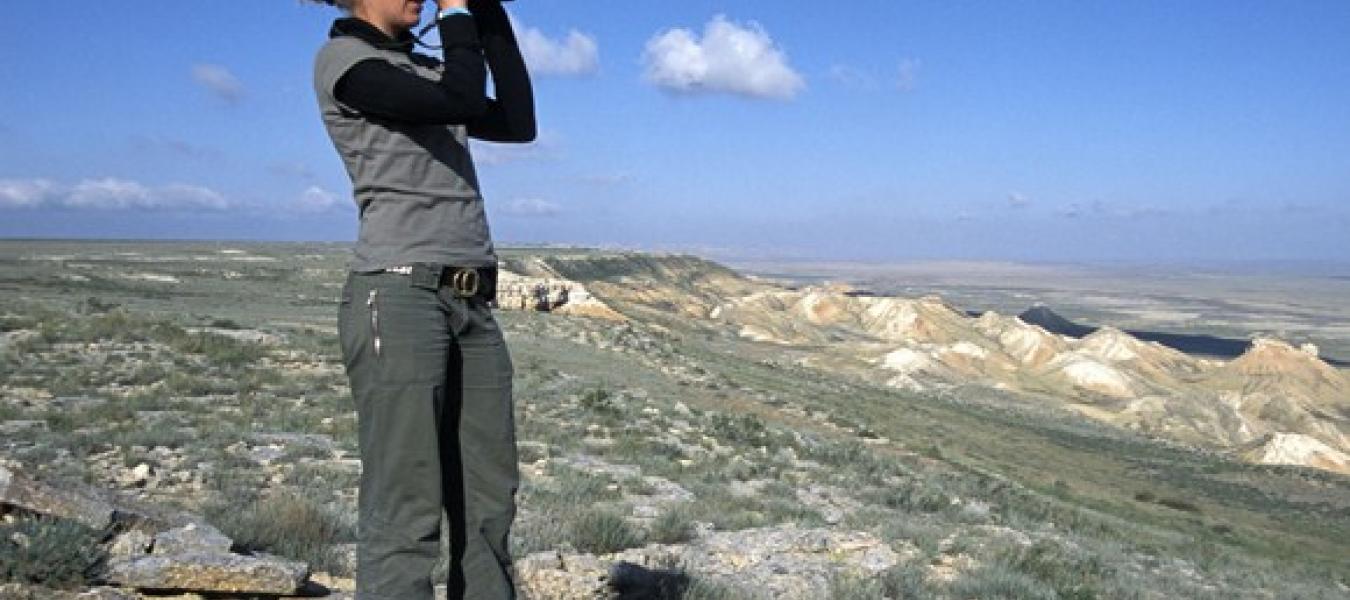Local participation Where Traditional Monitoring Has Failed - Assessing the Participatory Monitoring of Saigas (Saiga tatarica) in Kalmykia, Russia - Leejiah Dorward, MSc Thesis

Participatory monitoring aims to involve local people in monitoring natural resources in their communities. It has gained popularity in recent years as a method of collecting low cost ecological data while engaging people in conservation and increasing their awareness of ecological issues surrounding their natural resources. In many areas with high biodiversity local people have low scientific capacity, raising questions about the usefulness and accuracy of the data collected. Falling herd sizes and frequencies of sightings suggest a decrease in the population of saiga, however there is little evidence of a change in the saiga’s distribution between 2008 and 2012. People wanting to be monitors already have positive views of saiga and so participation in the programme had little impact on people’s attitudes.
This study assessed a participatory monitoring programme in Kalmykia, Russia, that employed inhabitants of the steppe to record sightings of saiga (Saiga tatarica) in three projects between 2008 and 2012. Trends in saiga numbers over the three projects were investigated using data from the three projects, and a questionnaire survey investigated the social impacts of the programme. Saiga antelope are critically endangered as a result of widespread poaching for their horns and meat throughout their range in Central Asia. Saiga horns are also known as ling yang (羚羊) and used in Traditional Chinese Medicine.
